Between 10 and 21 civilians were killed in two attacks in eastern Democratic Republic of Congo, where government forces have launched an offensive against armed groups, media reported on Wednesday.
Seven people were killed and two soldiers injured in the city of Beni, and between three and 14 were killed in Mavete, near Oicha, 30 km (18 miles) away, according to the U.N.’s Radio Okapi, which cited the military, and local civil society.
The attacks late Tuesday, November 19 were blamed on the Allied Democratic Forces, a militia of Ugandan origin targeted by the army campaign to restore peace to DR Congo’s troubled east.
Radio Okapi had earlier reported an overnight ADF attack in the Boikene district of Beni.
According to a toll compiled by AFP, at least 60 people have been reported killed in attacks blamed on the ADF since the Armed Forces of DR Congo (FARDC) launched the offensive on October 30. On November 17, Radio Okapi reported that 48 civilians had been killed in the previous week.
Citing the U.N. Refugee Agency (UNHCR), the European Commission on Wednesday reported that at least 2,560 displaced people – 91% women and children – moved towards Beni on Monday, and people fleeing fighting and attacks are moving from Mbau and Oicha towards Beni.
Commentators see the attacks as warnings to the local population against collaborating with government forces.
On Wednesday, groups of young people demonstrated in Boikene, calling on the army, police and MONUSCO, the United Nations peacekeeping mission in DR Congo, to ensure the safety of the population, Radio Okapi reported.
Protesters barricaded roads, lit a fire near a U.N. base and attacked U.N. vehicles, Actualite.cd reported.
MONUSCO peacekeepers were advised not to go out on the streets of Beni, AFP reported.
In remarks published on Tuesday, Leila Zerrougui, the Special Representative of the U.N. Secretary-General in the DRC, stressed that MONUSCO was not part of the military operation.
“The government has decided an offensive operation. We are not associated with this operation. We did not do joint planning. It is a government decision to go on an offensive against an armed group,” Zerrougui said.
“We support the areas that remain behind, so as not to allow infiltration and revenge against the population. We provide medical support, transport the wounded, take care of them,” she said.
Zerrougui said MOUUSCO “following the operation” against the ADF.
“We have no objection to that, and we also provide support to protect populations and build the capacity of the FARDC,” she added.
MONUSCO’s acting Force Commander, General Thierry Lion, similarly stressed that the force was not involved in the planning of the operation.
“The operations launched by the FARDC are national, led by the FARDC, and sovereign,” Lion said in a Monday interview.
But he noted support given by MONUSCO to DR Congo forces, including three helicopter extractions of injured troops.
“We did a number of reconnaissance flights of the zones, at the request of the FARDC, in which FARDC officers took part to see with us the situation directly in the field,” Lion said. “We carried out several military evacuations, including soldiers who were wounded in fighting. Extractions conducted in combat zone which are still high risk, given the situation, for both soldiers and helicopter crews.”
Reacting to apparent criticism over MONUSCO not deploying its Intervention Brigade or attack helicopters to support the operation, Lion said the jungle conditions made air support difficult.
“In a jungle fight with attack helicopters, it is very difficult to identify a target. In the jungle, it is very difficult to distinguish where the friendly units are and where the ADF are,” Lion said.
The ADF in DR Congo
Democratic Republic of Congo has been wracked by conflict near its eastern border, with many of the militias having evolved from the two Congo wars (1996-1997 and 1998-2003).
The Beni territory, in the North Kivu province which borders Uganda and Rwanda, has been particularly affected by militia violence.
Among the militias troubling the Kivu area are the Allied Democratic Forces, an Islamist-rooted armed group that has been linked to Islamic State Central Africa Province, and the Democratic Forces for the Liberation of Rwanda (FDLR).
Both groups have been blamed for a string of atrocities in eastern DRC, but they are also a source of political friction between the DRC and its neighbors because of their cross-border nature.
In April, ISIS formally recognized its Central Africa Province in Democratic Republic of Congo, when its centrally controlled media outlets began to attribute attacks to ISCAP, and during his first video appearance in five years, ISIS leader Abu Bakr al-Baghdadi was seen viewing a document entitled “Wilayat Central Africa.”
There was earlier evidence that ISIS had ties to the Allied Democratic Forces, a Ugandan-led but DR Congo-based militant group that mainly operates in the border area of North Kivu province, but it is unclear if the new ISIS affiliate is the ADF, a splinter group, or a different organization.
Formed in 1995, the ADF is thought to have killed hundreds of civilians and more than 20 U.N. peacekeepers, but although it is often blamed for killings, robberies and kidnappings, numerous armed groups operate in the region and it is often difficult to be certain who the true assailants are.
President Felix Tshisekedi ordered the operation in Kivu “to launch a final assault against all national and foreign armed groups with a view to restoring total peace in the Far North.”
DR Congo’s government has in the past accused neighboring governments of seeking to destabilize the country, while those accused have in turn said DRC is a haven for groups that oppose them.
UN chief Guterres warns of ‘continental scale’ terrorism in Africa
With reporting from AFP


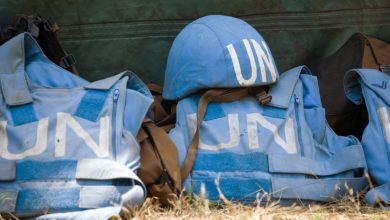
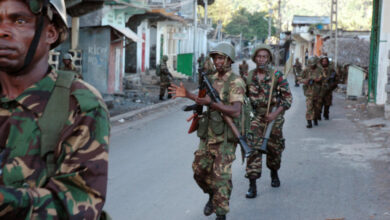
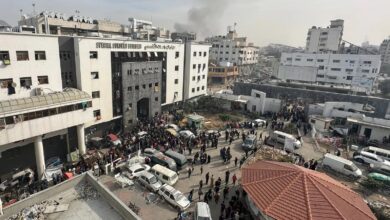
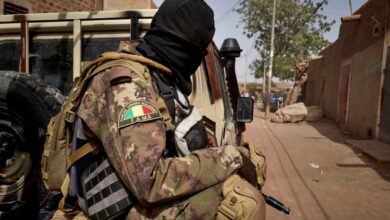
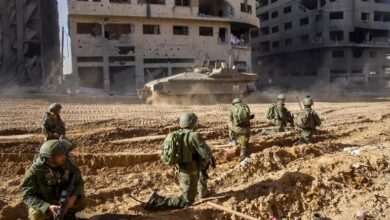
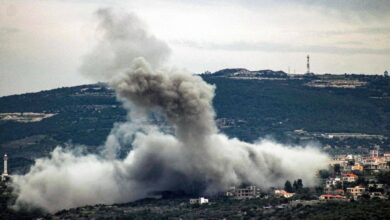
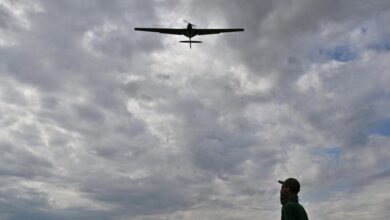
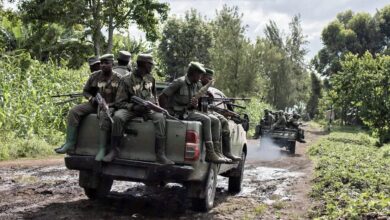
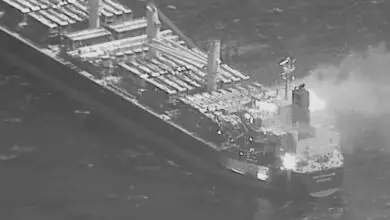
One Comment